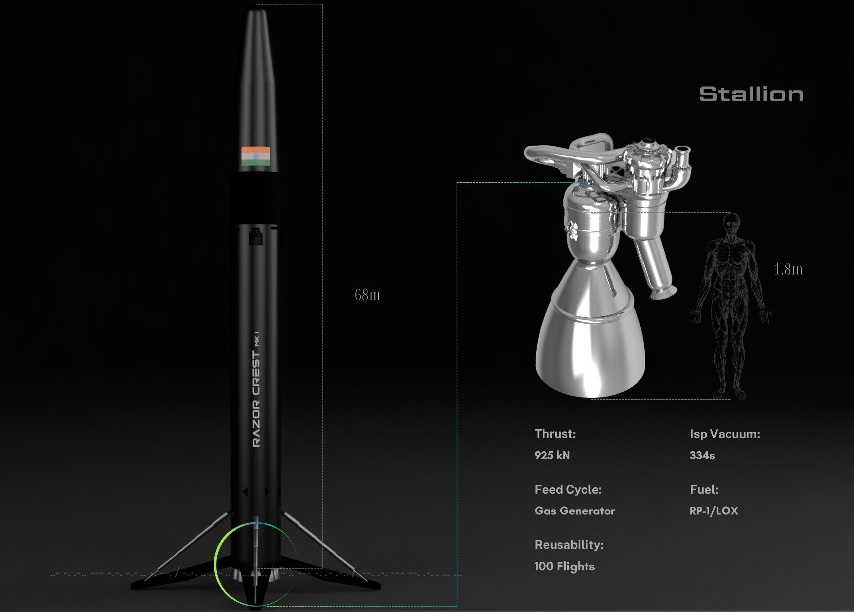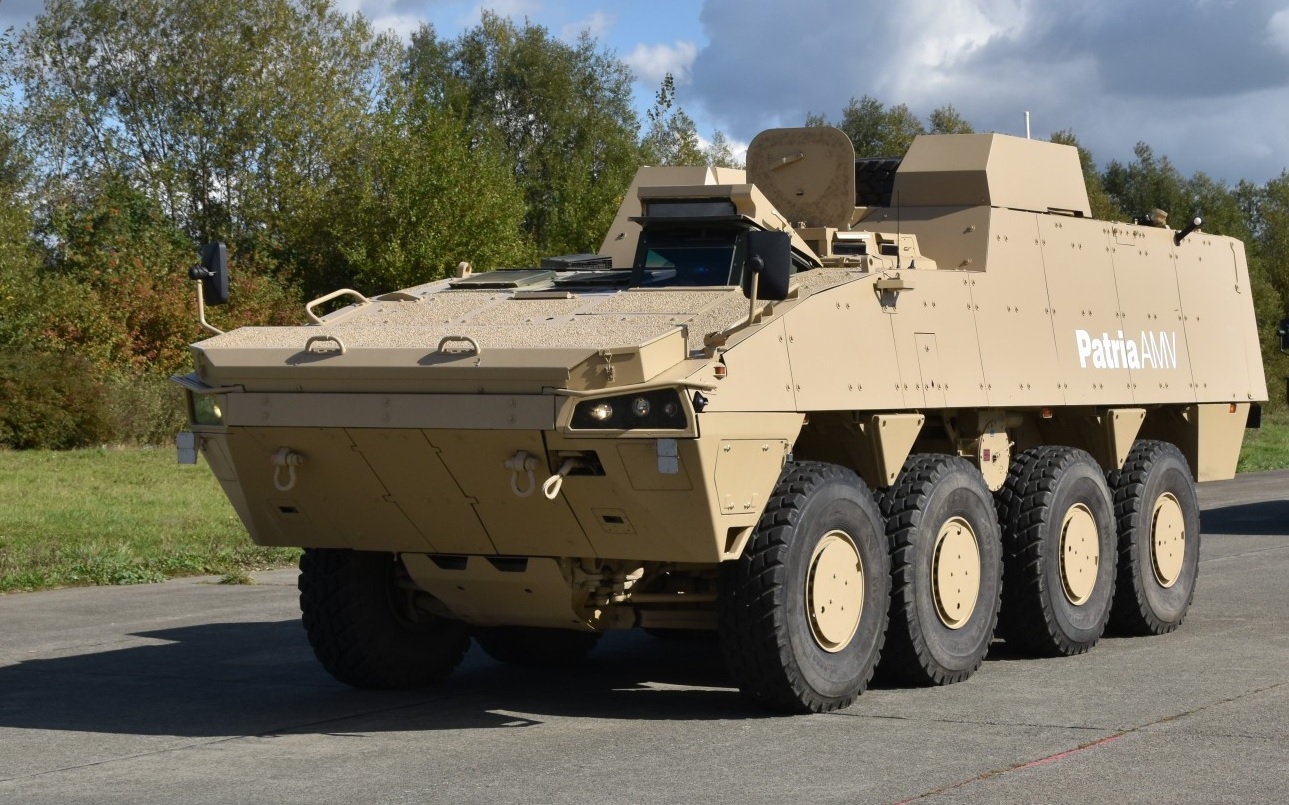Insights into Russia's Oreshnik Missile Fired at Ukraine

In a significant escalation of military innovation, Russia has unveiled and deployed a new intermediate-range ballistic missile (IRBM) named Oreshnik—a weapon previously unknown to the public. This missile, with its nuclear-capable design and advanced hypersonic capabilities, marks a bold statement about Russia's evolving military technology and strategic intent.
A Weapon of Speed and Precision
Russian President Vladimir Putin publicly acknowledged the use of the Oreshnik missile in a strike on Ukraine’s city of Dnipro, describing it as a successful combat test of one of the nation’s newest missile systems. Nicknamed after the hazel tree in Russian, the Oreshnik was reportedly fired in a non-nuclear hypersonic configuration and achieved its intended target with remarkable precision.
Hypersonic missiles like Oreshnik represent the cutting edge of modern warfare. Traveling at speeds exceeding Mach 10—equivalent to roughly 2.5 to 3 kilometers per second—the missile is nearly impossible to intercept with current air defense technologies. According to Putin, the missile is capable of maneuvering mid-flight, a feature that adds to its stealth and lethality, and sets it apart from traditional ballistic missiles.
Warhead and Payload Versatility
The Oreshnik’s design is reported to accommodate multiple independently guided warheads (MIRVs), ranging from three to six in number. While the recent deployment used conventional warheads, the missile is fully capable of carrying nuclear payloads. The simultaneous arrival of these warheads at a single target underscores the system’s efficiency and sophistication, making it a formidable addition to Russia’s arsenal.
Military analysts, including Viktor Baranets and Igor Korotchenko, have described the Oreshnik as a "masterpiece of modern Russian solid-fuel missile construction." The missile's ability to strike multiple targets in a single launch greatly enhances its strategic utility.
Range and Strategic Impact
Classified as an intermediate-range ballistic missile, the Oreshnik has a range estimated between 3,000 and 5,000 kilometers, placing it at the higher end of the IRBM spectrum. Fired from the Kapustin Yar test range in Russia’s Astrakhan region, the missile demonstrated its capacity to target areas far beyond Ukraine, with the potential to threaten most of Europe.
This range positions Oreshnik as a significant tool in Russia's military strategy, especially in the context of the Intermediate-Range Nuclear Forces (INF) Treaty, which both Russia and the United States exited in 2019. The missile’s deployment sends a clear message about Russia’s readiness to leverage advanced weaponry in response to perceived threats.
Origins and Evolution
The Oreshnik missile draws its roots from the RS-26 Rubezh intercontinental ballistic missile (ICBM), a system originally based on the Topol ICBM. While the development of the Rubezh was reportedly shelved in favor of other priorities like the Avangard hypersonic glide vehicle, it appears that aspects of its design were repurposed to create the Oreshnik.
Experts suggest that the missile likely features a two-stage design, making it heavier and more costly than typical IRBMs. As an experimental system, the Oreshnik might not see mass production, but its deployment signals Russia’s intent to showcase its technological prowess.
A Renewed Arms Race?
The introduction of Oreshnik highlights the growing gap between modern hypersonic weapons and the existing defense capabilities of other nations. With its range and speed, this missile could reshape the military balance in Europe, posing a direct threat to NATO-aligned countries. However, its range stops short of reaching the United States, ensuring that its strategic impact remains regional for now.
The deployment of Oreshnik also reignites concerns about an arms race in intermediate-range weapons, a category previously constrained by the now-defunct INF Treaty. As Russia and the United States continue to diverge on arms control agreements, the world could see a resurgence of missile development and deployment on both sides.
Russia’s Oreshnik missile is more than a technological achievement; it’s a strategic statement. By unveiling this weapon in a live conflict scenario, Moscow has demonstrated its willingness to test and deploy cutting-edge military systems with far-reaching consequences. As the global community watches closely, the Oreshnik may herald a new era of missile warfare—one that challenges existing defense systems and reshapes geopolitical dynamics.



